ড. তপন কুমার সাহা বাংলাদেশের ধামরাই উপজেলার একজন গবেষক। তিনি বুয়েট থেকে ইলেকট্রিক্যাল ও ইলেকট্রনিক্স ইঞ্জিনিয়ারিং-এ স্নাতক ডিগ্রি অর্জন করেন। পরবর্তীতে তিনি দিল্লী আইআইটি থেকে মাস্টার্স সম্পন্ন করেন এবং কানাডার ন্যাচারাল সায়েন্স অ্যান্ড ইঞ্জিনিয়ারিং রিসার্চ কাউন্সিল স্কলারশিপে পিএইচডি করেন। বর্তমানে তিনি অস্ট্রেলিয়ার ইউনিভার্সিটি অফ কুইন্সল্যান্ডে গবেষক এবং অধ্যাপক হিসেবে কর্মরত।
ড. সাহার প্রধান গবেষণার ক্ষেত্র হলো বিদ্যুৎ উৎপাদন, ট্রান্সমিশন ও ডিস্ট্রিবিউশন, বিশেষ করে ট্রান্সফর্মারের কার্যক্ষমতা এবং নবায়নযোগ্য শক্তি যেমন সোলার ও উইন্ড এনার্জি। তিনি Australasian Transformer Innovation Centre-এর ডিরেক্টর হিসেবে কাজ করছেন, যেখানে ট্রান্সফর্মার নিরীক্ষণ ও কন্ডিশন এসেসমেন্টে মেশিন লার্নিং ও কৃত্রিম বুদ্ধিমত্তা ব্যবহার করে উদ্ভাবনী গবেষণা চালানো হয়।
💬 প্রশ্নোত্তর পর্ব:
প্রশ্ন: আমাদেরকে সাক্ষাৎকার দেবার জন্য ধন্যবাদ। প্রথমেই আপনার সম্বন্ধে আমাদের একটু বলুন।
উত্তর: আমার ছেলেবেলা কেটেছে ঢাকা থেকে ৪০ কিমি দূরে ধামরাই উপজেলার একটি গ্রামে। সেখান থেকে আমি এসএসসি শেষ করেছি। এরপর নারায়ণগঞ্জে এসে এইচএসসি শেষ করি এবং বুয়েট থেকে ইঞ্জিনিয়ারিং-এ B.Sc. ডিগ্রি অর্জন করি। গ্রামে বিজ্ঞান শেখার সুযোগ খুবই কম ছিল, কিন্তু নিজের মনের জোর এবং পরিবারের সহায়তায় আমি বিজ্ঞানের প্রতি আগ্রহী হই। নারায়ণগঞ্জে এসে কিছুটা ভালো সুযোগ পাই এবং প্রকৌশল বিশ্ববিদ্যালয়ে ভর্তি হওয়ার পর যেভাবে করতে চেয়েছি, তা অনেকটা সম্ভব হয়।
প্রশ্ন: বুয়েটে আপনি কি বিষয়ে পড়াশুনা করেছেন?
উত্তর: বুয়েটে আমার বিষয় ছিল ইলেকট্রিক্যাল ও ইলেকট্রনিক্স ইঞ্জিনিয়ারিং।
প্রশ্ন: বুয়েটে শেষ বর্ষে থিসিস-এ আপনি কি নিয়ে কাজ করেছিলেন?
উত্তর: বুয়েটে শেষ বর্ষে আলাদা করে নিজের পছন্দের বিষয়ে কাজ করার সুযোগ খুব বেশি ছিল না। তখন আমরা চারজন মিলে একটি টিমে একটি থিসিস প্রোজেক্ট সম্পন্ন করেছিলাম। পরবর্তীতে, আইআইটি-তে মাস্টার্স করার সময়ই আমি বুঝতে পারি যে আমার আগ্রহের ক্ষেত্র হলো বিদ্যুৎ উৎপাদন, ট্রান্সমিশন এবং ডিস্ট্রিবিউশন।
প্রশ্ন: মাস্টার্স আপনি কোন শিক্ষাপ্রতিষ্ঠান থেকে করেছিলেন?
উত্তর: দিল্লী আইআইটি-তে মাস্টার্স করেছি, ভারতীয় সরকারের স্কলারশিপে।
প্রশ্ন: আইআইটির সাথে বুয়েটের পার্থক্য কেমন মনে হলো?
উত্তর: আইআইটি গবেষণা ক্ষেত্রে অনেক এগিয়ে। তাদের শিক্ষকরা আন্তর্জাতিকভাবে স্বীকৃত এবং ইন্ডাস্ট্রির সমস্যাগুলো সমাধানের জন্য কাজ করেন। তিন দশক আগে আমি তাদের আন্তর্জাতিক কর্মকাণ্ড দেখেছি, যা সত্যিই উন্নত।
প্রশ্ন: আইআইটির পর আপনি কি করলেন?
উত্তর: মাস্টার্স শেষে বাংলাদেশে ফিরে প্রকৌশল বিশ্ববিদ্যালয়ে সহকারী প্রফেসর হিসেবে কর্মরত থাকি। ১৯৮৮ সালে কানাডায় পিএইচডি করতে যাই এবং পরবর্তীতে অস্ট্রেলিয়ায় এসে কুইন্সল্যান্ড বিশ্ববিদ্যালয় থেকে পিএইচডি শেষ করি। তারপর নর্থ কুইন্সল্যান্ডে জেমস কুক ইউনিভার্সিটিতে পড়াই এবং ১৯৯৬ সাল থেকে ইউনিভার্সিটি অফ কুইন্সল্যান্ডে গবেষণা ও শিক্ষা চালাচ্ছি।
প্রশ্ন: বর্তমানে আপনি কি নিয়ে গবেষণা করছেন?
উত্তর: মূলত দুটি ফোকাস আছে। প্রথম, বিদ্যুতের পুরনো অবকাঠামোর কার্যক্ষমতা ও স্থায়িত্ব নির্ণয়। দ্বিতীয়, নবায়নযোগ্য শক্তি বিশেষ করে সোলার ও উইন্ড এনার্জির গ্রিড সংযোগ এবং বিপণন সমস্যার সমাধান।
প্রশ্ন: ভূ-তাপ বিদ্যুৎ কিভাবে কাজ করে?
উত্তর: মাটির নিচে উত্তপ্ত পাথর থাকে (প্রায় ২০০–৩০০ ডিগ্রি সেলসিয়াস)। এই উত্তাপ দিয়ে পানি বাষ্পে রূপান্তরিত হয় এবং তা দিয়ে টারবাইন ঘুরিয়ে বিদ্যুৎ উৎপাদন করা হয়। মূল চ্যালেঞ্জ হলো উত্তপ্ত স্থান সনাক্ত করা এবং বিদ্যুৎ স্থানান্তর করা।
প্রশ্ন: অস্ট্রেলিয়াতে সোলার বিদ্যুৎ কেমন ব্যবহৃত হচ্ছে?
উত্তর: অস্ট্রেলিয়াতে সোলার গ্রিড সবচেয়ে বেশি ব্যবহৃত হচ্ছে, তারপর রয়েছে উইন্ড বা বায়ু শক্তি। জিও-থার্মাল বিদ্যুৎ উৎপাদন খরচ বেশি এবং প্রযুক্তিগতভাবে কঠিন হওয়ায় খুব বেশি জনপ্রিয় নয়।
প্রশ্ন: বাড়ির ছাদে সোলার বিদ্যুৎ উৎপাদন ও গ্রিডে বিক্রয় কেমন হয়?
উত্তর: দিনে বাড়ির ছাদে বিদ্যুৎ উৎপাদন করে গ্রিডে বিক্রি করা যায় এবং রাতে গ্রিড থেকে বিদ্যুৎ ক্রয় করা যায়।
প্রশ্ন: চীনে আপনার অভিজ্ঞতা কেমন?
উত্তর: চীনের বিশ্ববিদ্যালয়গুলোর সাথে যুক্ত আছি এবং প্রায়শই যাই। চীনের গবেষণা মানসম্মত, বাজেট বরাদ্দ ভালো এবং গবেষকরা পরিশ্রমী।
প্রশ্ন: Australasian Transformer Innovation Centre-এ উদ্ভাবনী গবেষণার ক্ষেত্র কী?
উত্তর: বিদ্যুত সহজলভ্য করা, খরচ কমানো ও নিরাপত্তা বৃদ্ধি। ট্রান্সফর্মারের কার্যক্ষমতা নিরীক্ষণ, লাইভ প্রেডিকশন এবং কন্ডিশন মনিটরিং। মেশিন লার্নিং ও কৃত্রিম বুদ্ধিমত্তা ব্যবহার করে ট্রান্সফর্মারের তথ্য বিশ্লেষণ করি।
প্রশ্ন: তরুণ শিক্ষার্থীদের জন্য আপনার পরামর্শ কী?
উত্তর: অনার্স বা আন্ডারগ্র্যাজুয়েটের পর মাস্টার্স করুন। ভালো IELTS স্কোর করুন এবং গবেষণার দিকে মনোযোগ দিন। আন্তর্জাতিক প্রতিযোগিতার জন্য প্রস্তুতি নিন এবং বৃত্তি নিয়ে গবেষণার সুযোগ তৈরি করুন।
🔗 প্রোফাইল লিংক:
http://researchers.uq.edu.au/researcher/83
ড. তপন কুমার সাহার গবেষণা বিদ্যুৎ উৎপাদন, ট্রান্সমিশন ও নবায়নযোগ্য শক্তি ব্যবস্থায় গুরুত্বপূর্ণ অবদান রাখছে। বিজ্ঞানী অর্গ টিম তার অধ্যবসায় ও উদ্ভাবনী গবেষণার জন্য শুভকামনা জানাচ্ছে। আশা করা যায়, তার কাজ বাংলাদেশের তরুণ বিজ্ঞানীদের অনুপ্রেরণার উৎস হবে এবং তারা বৈজ্ঞানিক গবেষণার ক্ষেত্রে আন্তর্জাতিক মান বজায় রাখতে উদ্বুদ্ধ হবেন।
Perspectives on Renewable Energy and Transformer Research with Dr. Tapan Kumar Saha
Dr. Tapan Kumar Saha is a Bangladeshi researcher originally from Dhamrai, near Dhaka. He completed his B.Sc. in Electrical and Electronics Engineering from BUET (Bangladesh University of Engineering and Technology). He then pursued his Master’s degree at IIT Delhi under a government scholarship and later obtained a Ph.D. through the Canadian Natural Science and Engineering Research Council scholarship. He completed his Ph.D. in Australia at the University of Queensland.
Currently, Dr. Saha serves as a professor and researcher at the University of Queensland, Australia. He focuses on power generation, transmission, and distribution, with special expertise in transformer performance and renewable energy systems such as solar and wind. He is also the Director of the Australasian Transformer Innovation Centre, where his team applies machine learning and artificial intelligence for transformer condition assessment and predictive maintenance, collaborating closely with industry partners.
💬 Interview Q&A:
Question: Thank you for giving us this interview. Could you tell us a little about yourself?
Answer: I spent my childhood in a village in Dhamrai, about 40 km from Dhaka. I completed my SSC there, then moved to Narayanganj for HSC, and later completed my B.Sc. in Engineering at BUET. Opportunities to study science in my village were limited, but my determination and family support helped me pursue my interest in science. Moving to Narayanganj provided better opportunities, and at university, I could pursue my goals more freely.
Question: What did you study at BUET?
Answer: I studied Electrical and Electronics Engineering.
Question: What was your final-year thesis about at BUET?
Answer: At that time, we had limited opportunity to pursue individual interests. Our thesis project was done as a team of four. I later discovered my specific interests in electricity generation, transmission, and distribution during my Master’s at IIT.
Question: Where did you complete your Master’s degree?
Answer: I completed my Master’s at IIT Delhi on an Indian government scholarship.
Question: How did IIT Delhi compare to BUET?
Answer: IIT is very advanced in research. Their faculty have international recognition, and they work closely on solving industry problems. Three decades ago, their global presence was impressive.
Question: What did you do after IIT?
Answer: After completing my Master’s, I returned to Bangladesh to work as an Assistant Professor. In 1988, I went to Canada for a Ph.D., and later moved to Australia for immigration and completed my Ph.D. at the University of Queensland. I taught at James Cook University in North Queensland before joining the University of Queensland in 1996, where I have been teaching and researching ever since.
Question: What are you currently researching?
Answer: My research focuses on two areas. First, assessing the performance and lifespan of aging electricity infrastructure. Second, integrating renewable energy—especially solar and wind—into the grid and solving related distribution challenges.
Question: How does geothermal electricity work?
Answer: Deep underground, rocks are heated to 200–300°C. This heat converts water to steam, which drives turbines to generate electricity. The main challenge is locating the hot zones and transmitting the electricity efficiently.
Question: How is solar power used in Australia?
Answer: Solar grids are the most widely used, followed by wind energy. Geothermal electricity exists but is expensive and technically challenging, so it is less popular.
Question: Can households sell solar electricity to the national grid in Australia?
Answer: Yes, households can sell electricity generated during the day to the grid and purchase from the grid at night.
Question: What was your experience in China?
Answer: I am not directly teaching in China but frequently collaborate with two universities. Researchers and postdocs often come to work with us in Australia. China has well-funded, high-quality research and hardworking researchers.
Question: How has China’s research progressed?
Answer: China’s research quality is now very strong, and many universities are ranked internationally.
Question: What kind of research is done at the Australasian Transformer Innovation Centre?
Answer: We focus on making electricity more accessible, reducing costs, and improving safety. Transformers are crucial for power distribution. We develop diagnostic methods, live condition monitoring, and predictive maintenance using AI and machine learning, working closely with industry partners.
Question: How do you use AI in power distribution?
Answer: We collect data from transformers and analyze it using AI to assess their condition and identify potential issues.
Question: Any advice for young students who want to pursue science?
Answer: Students should complete a Master’s after their undergraduate studies, achieve a good IELTS score, and focus on research. They must be prepared to compete with talented students from China and India. With proper preparation and scholarships, they can work with academics like us internationally.
🔗 Profile Link:
http://researchers.uq.edu.au/researcher/83
Dr. Tapan Kumar Saha’s research significantly contributes to power generation, transmission, and renewable energy systems. The Biggani.org team appreciates his dedication and innovative work. His achievements are an inspiration for young Bangladeshi scientists to pursue international-quality research. We wish him continued success in his scientific endeavors.
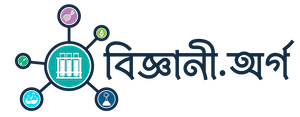
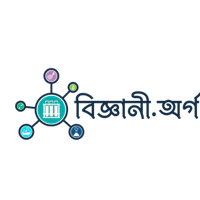





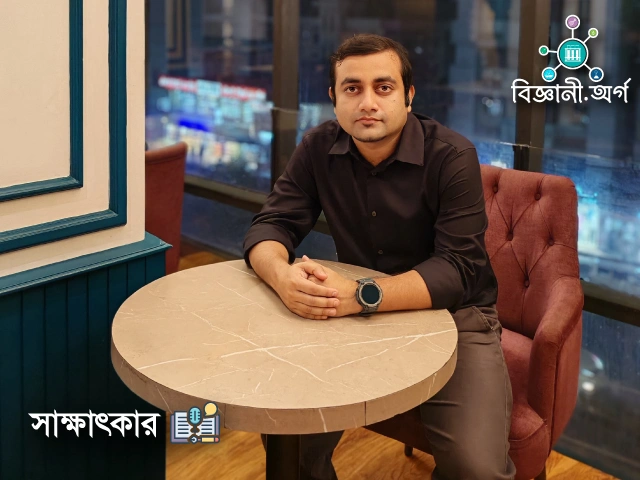

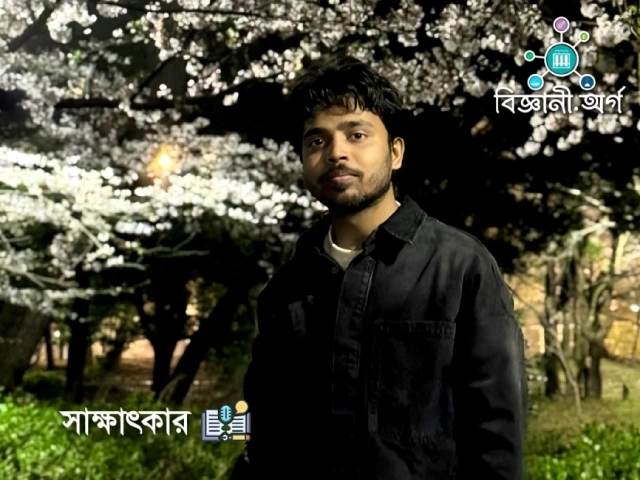
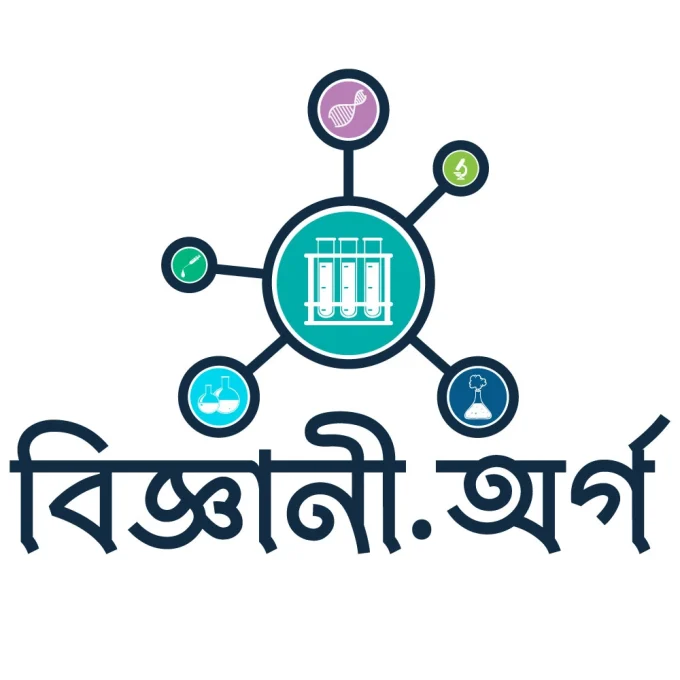
Leave a comment